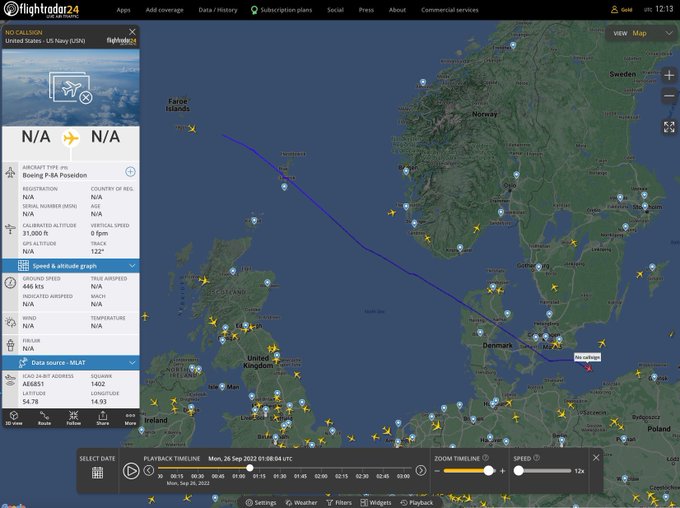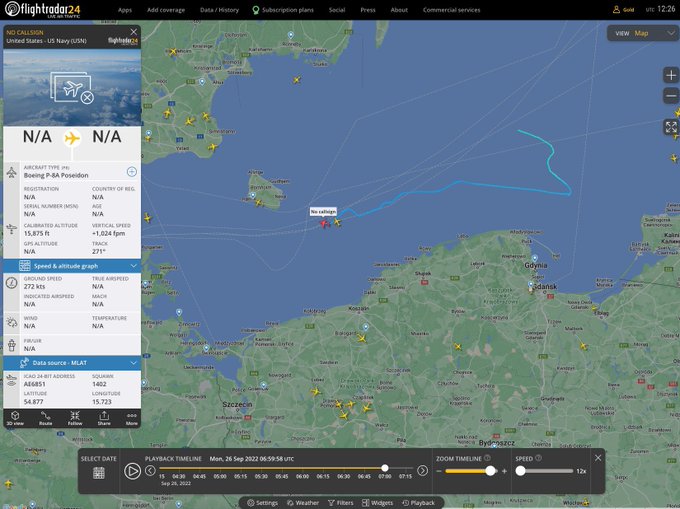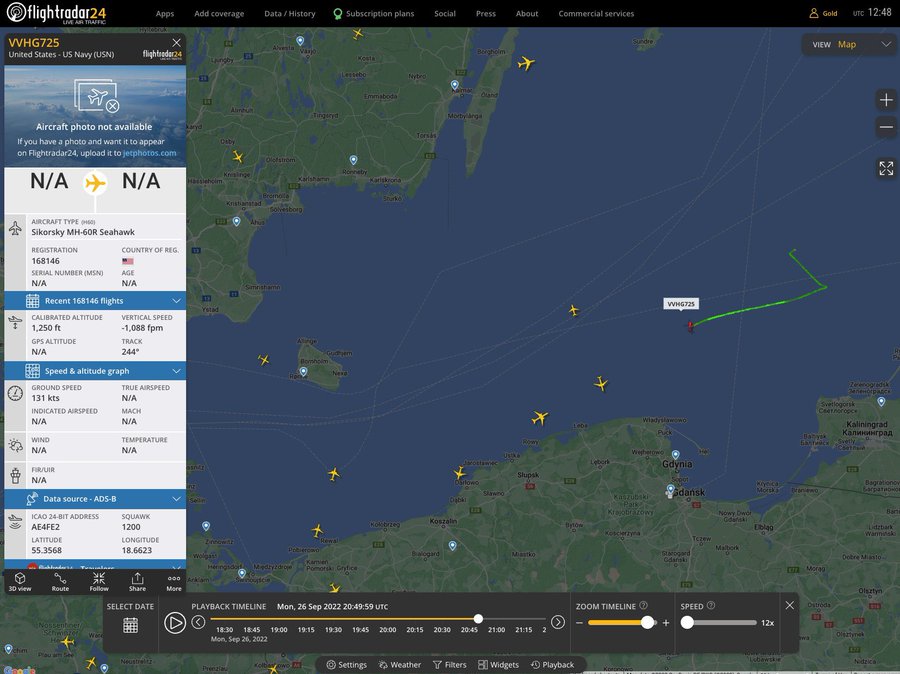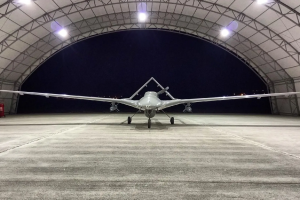A twitter account namely @kimdotcom argues that US sabotaged Nord Stream.
Below is his thread;
I am writing to you as a concerned citizen of the world, wishing for a peaceful resolution to the conflict in Ukraine. My identity is not of importance. What matters is the sharing of my story so that the world can understand the truth about the Nord Stream Sabotage, thereby moving forward without lies or inaccuracies. As many of you may know, a series of clandestine bombings and subsequent underwater gas leaks occurred on the Nord Stream 1 and Nord Stream 2 natural gas pipelines on September 26, 2022. While there has been much speculation about the nature of this sabotage, I aim to provide additional details and facts that will give a clearer picture. Before the attacks on September 11, 2001, I started working with contractors at the Johns Hopkins Applied Physics Lab in Maryland. We were working on the Advanced Seal Delivery System (ASDS), a covert mini-submarine designed for the Navy Seals to carry out stealthy clandestine missions. This submarine is transported on the back of nuclear submarines and detaches to execute its missions. I was chosen to work on this project, and my role was to assist in the programming of the full-sized, temperature-controlled simulator for the submarine on which the Navy Seals would train. The simulator featured screens that displayed a 3D simulation of the ASDS undocking from a nuclear submarine, executing its mission, and then returning to dock. I spent countless hours in the simulator, ensuring everything functioned as specified. I piloted the simulator on simulated missions, just like the Navy Seal pilots would before their actual missions. Even in 2001, we had the ability to program a variety of scenarios, including the sabotaging of pipelines. Although I did not pilot a simulated mission specifically for the Nord Stream pipelines, I did simulate scenarios of covertly sabotaging pipelines. I can confirm that the United States has had this capability for decades, and the ASDS is in the US inventory, fully capable of executing the Nord Stream Sabotage. Publicly available radar evidence from flightradar24.com helps shine light on how the Nordstream sabotage was conducted. As exposed by Seymour Hersh, the explosives were planted during the Baltops 22 maritime exercises. Although speculation remains as to the exact method of explosives placement, I believe that the modern Advanced Seal Delivery System (ASDS) was utilized with Navy divers. This mirrors the way I would have conducted the mission in the simulator.











